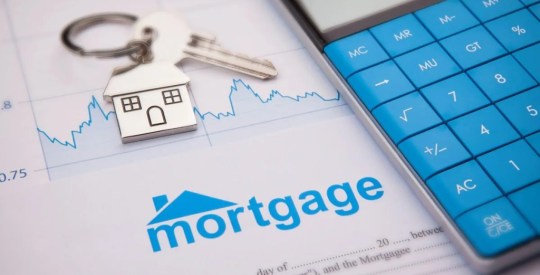As the reverse mortgage industry continues to deal with issues related to its reputation among consumers and other financial professionals, a respected financing columnist has recently discussed how her former opposition to reverse mortgage products has evolved into an appreciation for them due to additional borrower protections and strategic use cases.
Jane Bryant Quinn, who for 30 years published a biweekly column for Newsweek magazine, in addition to a twice-weekly column syndicated by the Washington Post Writers Group to more than 250 local newspapers, recently released an updated edition of her book How to Make Your Money Last: The Indispensable Retirement Guide. In an interview discussing its newest release, Quinn was asked about how her position on reverse mortgages changed from one of skepticism to one of openness.
“Yes, I’m feeling better about them. Two things have happened,” she tells NextAvenue.org editor Richard Eisenberg.
Describing some of her previous worries as being centered on a reverse mortgage borrower not having enough money to pay other outstanding obligations and maintain their home, structural changes to the reverse mortgage program have helped give her a new perspective, she says.
“In the past, one of the problems with reverse mortgages was that people who almost ran out of money took them and the reverse mortgage income wasn’t enough to pay their bills and keep up their house. So, they’d run out of money and be at the risk of foreclosure,” she says.
Because of the implementation of the financial assessment in 2015 that examines a borrower’s ability to keep up with their financial responsibilities, the reduction of risks for lower income individuals alleviates some of her concerns.
“The law changed. Now, if you apply for a reverse mortgage and the lender’s analysis is that you might be unable to pay your bills after ten or fifteen years, you don’t get all the money to spend,” she says. “The lender keeps some aside to pay for the property taxes and keep the house going. So, there are fewer risks for people who don’t have much money.”
A reverse mortgage line of credit could also be an attractive option, particularly for higher income individual who could leverage it to avoid sequence of returns risk.
“And for people with plenty of money, you might take a reverse mortgage at 62, in the form of a credit line that increases every year by the amount of interest due on the loan,” Quinn says. “This credit line is a hedge against inflation and gives you the option so if the stock market goes down, instead of selling stocks, you could borrow from your credit line instead.”
In 2016, Quinn sat down for an interview with RMD where she further expounded upon how her perspective on reverse mortgages has changed.
“The fact that older people are now being protected from themselves, or aggressive sales people who might inappropriately tell them to take out a lump sum when they’re 80, only to find out they ran through the money and are now stuck—that should not happen any more with these [new] rules,” she said at the time. “But I caution, [reverse mortgages] are only for people who intend to stay in their homes for 15-20 years, because you have to amortize those upfront costs. If you are settled in your house, want to stay there and increase your annual income, you can do that with a reverse mortgage credit line.”
Read the new interview with Quinn at NextAvenue.org.



